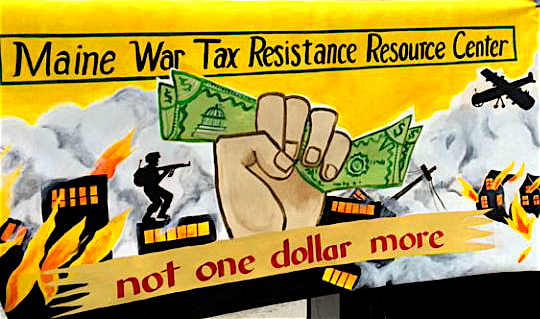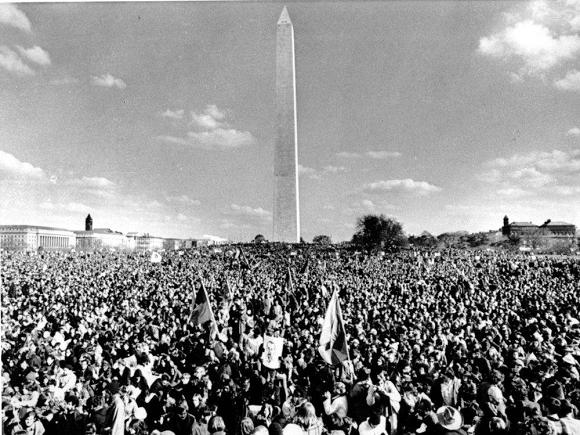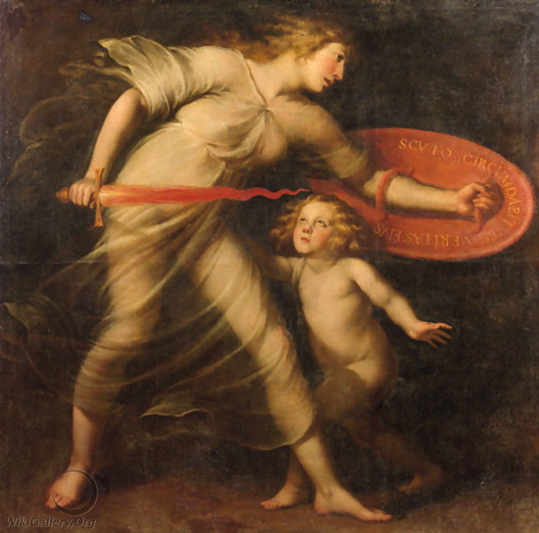by David Hartsough, Kit Miller, Michael Nagler, Miki Kashtan, Ruth Benn

Poster art courtesy National War Tax Resistance Coordinating Committee; nwtrcc.org
Editor’s Preface: The letter reproduced below is a joint appeal from leading nonviolent activists and organizations, urging US taxpayers to nonviolently express their opposition to the policies of the Trump administration by refusing to pay a symbolic amount of their US federal income tax, and instead donate that amount to a deserving charity or institution. This method of nonviolent civil resistance has many historical precedents in the U.S., most notably the Quaker John Woolman’s 18th century statements, which we previously posted. JG
Dear Friends,
We are writing to ask you to do something that you probably have never done in your life. This is a historical moment you can be an active part of shaping.
We all know the stories of people who committed atrocities and said, in their defense, that they were following orders.
Read the rest of this article »
by Robert Levering

Anti-Vietnam War rally at Washington Monument, Nov. 1969; courtesy npr.org
Only the Vietnam era protests match the size and breadth of the movement unleashed by the election of Donald Trump. One point of comparison: The massive march and rally against the Vietnam War in 1969 was the largest political demonstration in American history until the even more massive Women’s March on January 23. All around us we can see signs that the movement has only just begun. Consider, for instance, that a large percentage of those in the Women’s March engaged in their very first street protest. Or that thousands of protesters spontaneously flocked to airports to challenge the anti-Muslim ban. Or that hundreds of citizens have confronted their local congressional representatives at their offices and town hall meetings about the potential repeal of Obamacare and other Trump/Republican policies.
Read the rest of this article »
by Arvind Sharma

Gandhi poster courtesy rishikajain.com
Truth and nonviolence are generally considered to be the two key ingredients of Gandhian thought. It is possible to pursue one without the other, possible, for example, to pursue truth without being nonviolent. Nations go to war believing truth is on their side, or that they are on the side of truth. The more sensitive among those who believe truth is on their side insist not that there should be no war but that it should be a just war. The most sensitive, however, and pacifists are among these, avoid violence altogether. But it could be argued that in doing so they have gone too far and have abandoned truth, and even justice. Although he was opposed to war, Gandhi argued that the two parties engaging in it may not stand on the same plane: the cause of one side could be more just than the other, so that even a nonviolent person might wish to extend his or her moral support to one side rather than to the other.
Just as it is possible to pursue truth without being nonviolent, it is also possible to pursue nonviolence without pursuing truth. In fact, it could be proposed that a disjunction between the two runs the risk of cowardice being mistaken for, or masquerading as, nonviolence. The point becomes clear if we take the world “truth” to denote the “right” thing to do in a morally charged situation. Gandhi was fond of quoting the following statement from Confucius: “To know what is right and not to do it is cowardice.”
Read the rest of this article »
by Mohandas K. Gandhi

School of Andries Cornelis Lens, “Truth Protecting Us with Her Shield”, c. 1750; courtesy wikigallery.org
Editor’s Preface: “Truth”, “lies”, “alternate facts”, “post-truth politics”, etc., are terms very much in the air these days. Gandhi had much to say about Truth; the selection below is only a small sample focused on the root concepts behind his use of the term, and by application the root of his theory of nonviolence. This is the first of a series of articles we will be posting over the next few months on truth and truth in politics. Other statements on Satyagraha and Truth can be found on our Quotes and Sources page, via the link at the top of the page. JG
(I) The word Satya (Truth) is derived from Sat, which means ‘being’. Nothing is or exists in reality except Truth. That is why Sat or Truth is perhaps the most important name of God. In fact it is more correct to say that Truth is God, than to say that God is Truth. But as we cannot do without a ruler or a general, such names of God as ‘King of Kings’ or ‘The Almighty’ are and will remain generally current. On deeper thinking, however, it will be realised, that Truth (Sat or Satya) is the only correct and fully significant name for God.
And where there is Truth, there also is true knowledge. Where there is no Truth, there can be no true knowledge. That is why the word Chit or knowledge is associated with the name of God. And where there is true knowledge, there is always bliss (Ananda). There sorrow has no place. And even as Truth is eternal, so is the bliss derived from it. Hence we know God as Sat-Chit-Ananda, one who combines in Himself Truth, knowledge and bliss. (1)
Read the rest of this article »
by Tom Gibian

Sandy Spring School, 2nd Grade Art Work; courtesy grover.ssfs.org/~ksantori/art/2nd_grade.htm
One of the underlying principles of Gandhi’s philosophy of nonviolence is our capacity for interconnectedness, or as Gandhi was to state it, “the interconnectedness of all beings.” Interconnectedness, or connecting, is also very much at the heart of Quaker concerns.
I remember being in third grade and having to line up and pair off with a classmate to walk down the hallway to some destination beyond our classroom. At Sherwood elementary school, there might have been 29 or 30 nine-year-olds and one teacher. On the day I’m recalling, I was paired off with a kid named Sammy. I was new at Sherwood and someone warned me that Sammy had sweaty palms. As we headed down the hallway, he took my hand. His hand was sweaty, but it didn’t matter. We held hands without embarrassment. We were not self-conscious. We were little, at least relative to the world we were living in, and it could not have been more natural to reach out, to partner, to connect. Later, Sam would be one of the first friends of mine to get a high-performance muscle car in high school. That is a different story!
Read the rest of this article »









